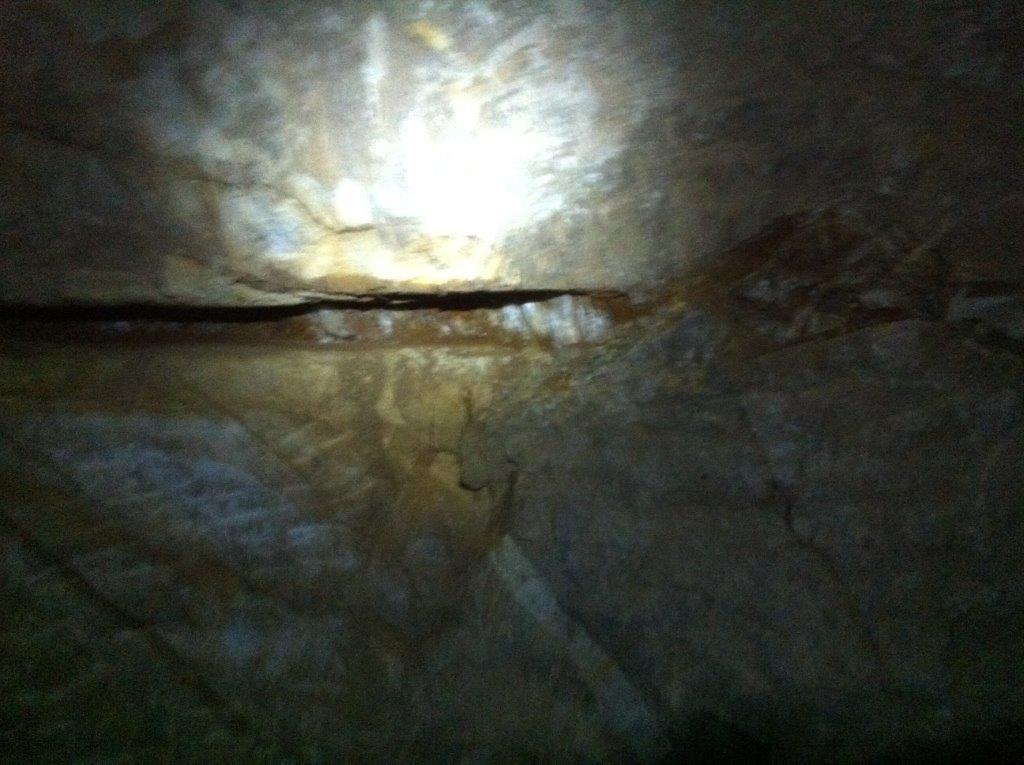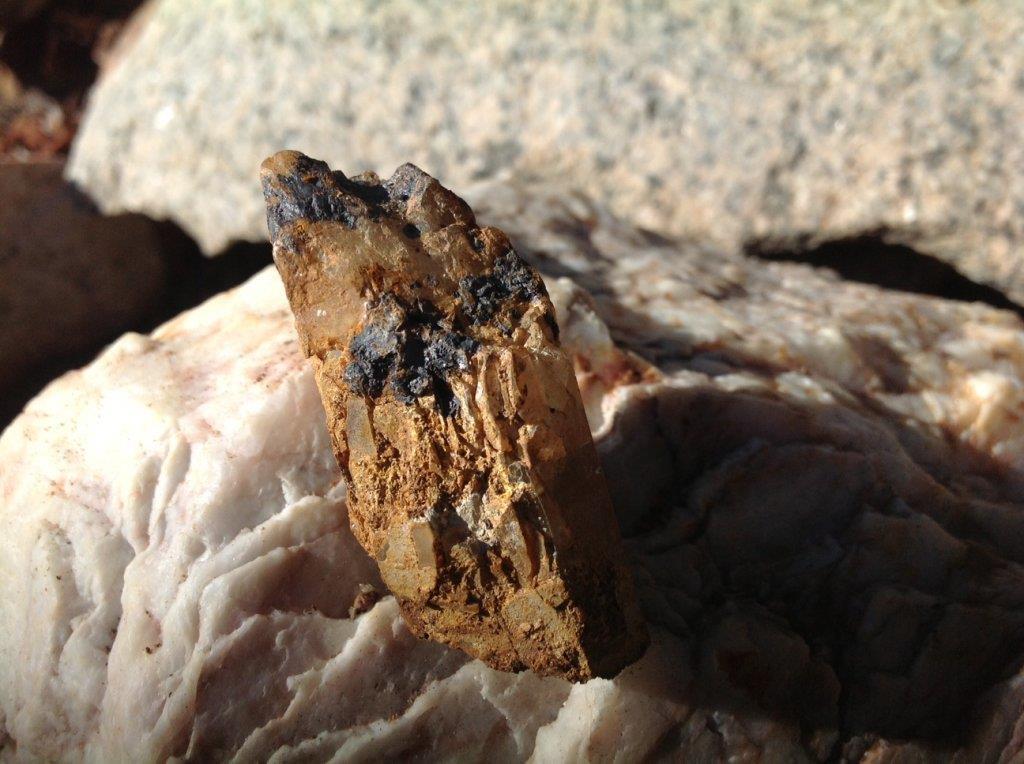- Joined
- Feb 6, 2013
- Messages
- 1,195
- Reaction score
- 484
Hi Folks,
We (ChrisM,Dozer and Joe) have never prospected underground gold bearing quartz and are interested to hear from the experienced on what type of material should we keep an eye out for.
We have explored three types (potential material) at about 20metre drop. (no sampling at this stage) Any advice would be greatly appreciated.
[1] 2cm to 6 cm (variable) thickness quartz vein and there is no show of gold (visible to eye)

[2] Crystal deposits - no show of gold (visible to eye)





[3] Iron deposits - no show of gold (visible to eye)


We (ChrisM,Dozer and Joe) have never prospected underground gold bearing quartz and are interested to hear from the experienced on what type of material should we keep an eye out for.
We have explored three types (potential material) at about 20metre drop. (no sampling at this stage) Any advice would be greatly appreciated.
[1] 2cm to 6 cm (variable) thickness quartz vein and there is no show of gold (visible to eye)

[2] Crystal deposits - no show of gold (visible to eye)





[3] Iron deposits - no show of gold (visible to eye)






